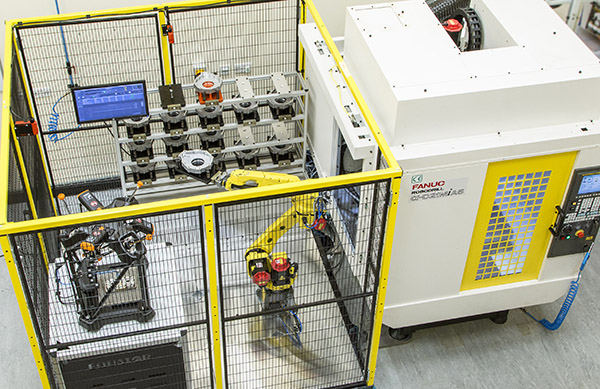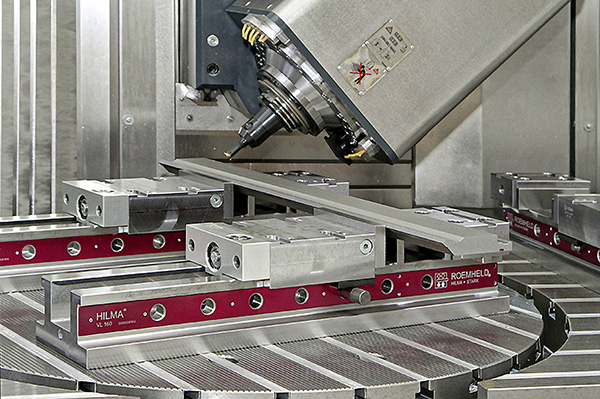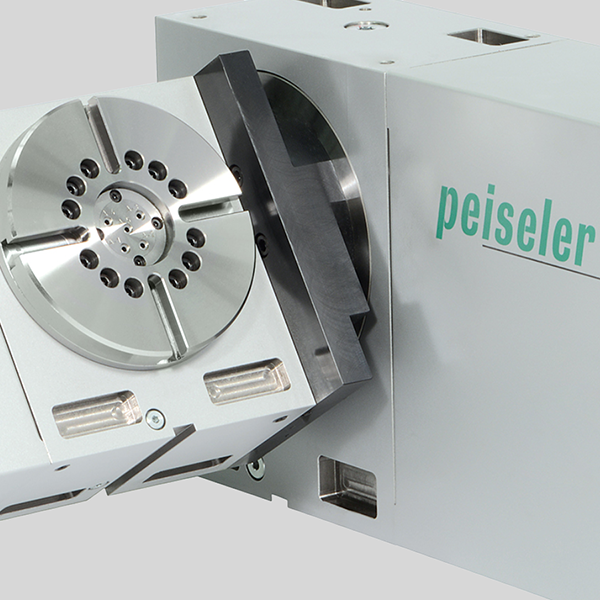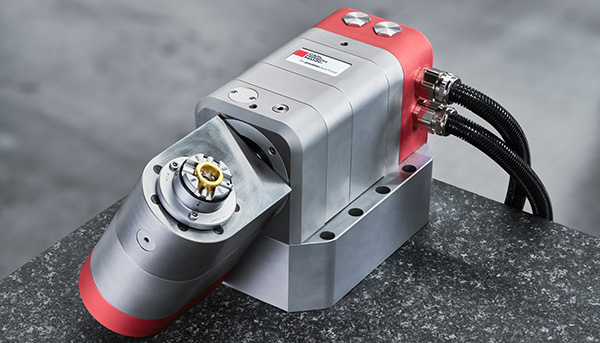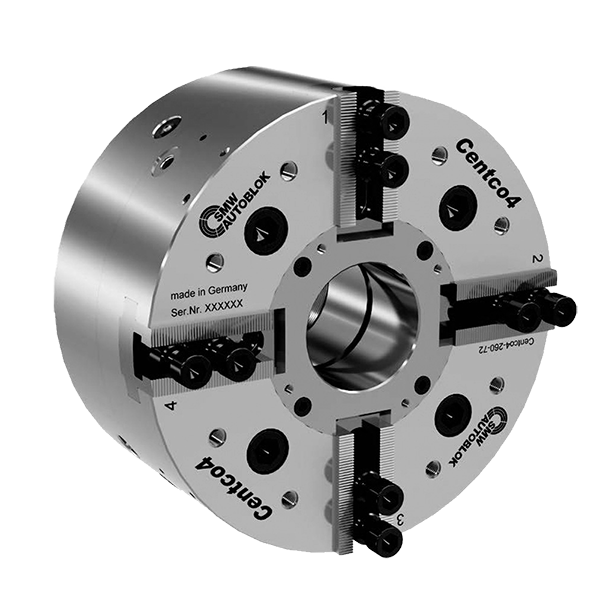At this year’s MACH exhibition at the Birmingham NEC, which has now been postponed until January 2021, Schunk had planned to demonstrate its expertise in gripping systems and clamping technology with live demonstrations of a robotic cell co-ordinated with a machining centre featuring robotic loading, unloading and measuring.

The automated machining cell would have seen components loaded into a FANUC RoboDrill machining centre from a racking system via a FANUC robot, and subsequently removed from the machining centre and loaded to a Renishaw Equator gauging system. On the bed of the FANUC RoboDrill would have been Schunk’s Vero-S zero-point clamping technology, clamping components for the machining process.
The base table of the Renishaw Equator was due to be fitted with a Schunk NSL Mini 100-2 clamping station, a compact stationary clamping system that has an area of 199 x 99 x 30 mm. Despite the compact design, the Schunk NSL Mini offers a clamping force of 1000 N, which is extended to 3,000 N with the Schunk NSL Mini Turbo variant.
The multiple components in the automation cell would have been clamped in pallets all fitted with Schunk NSR robot modules. NSR is a maintenance-free robot coupling system for pallet handling that provides easy adaption to robot arms of all kinds. The compact, quick and easy-to-integrate pallet-handling system allows automated loading extremely close to the machine table, robot module and loading station. NSR robot modules can be operated with a system pressure of 6 bar, which ensures that additional pressure intensifiers are not required. From a positional and repeatability perspective, the NSR has been designed with an easy joining process that ensures a repeat accuracy of 0.005 mm.
For further information www.schunk.com






